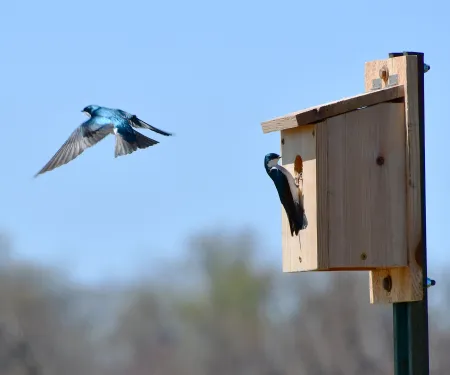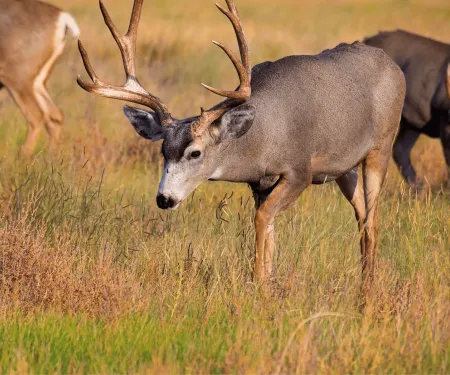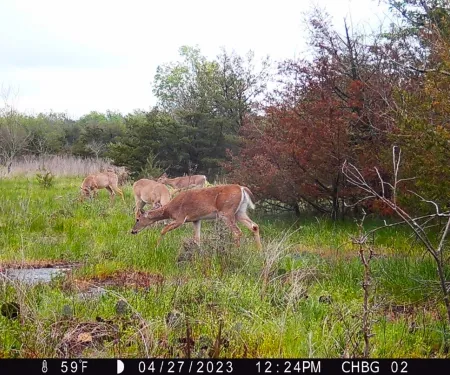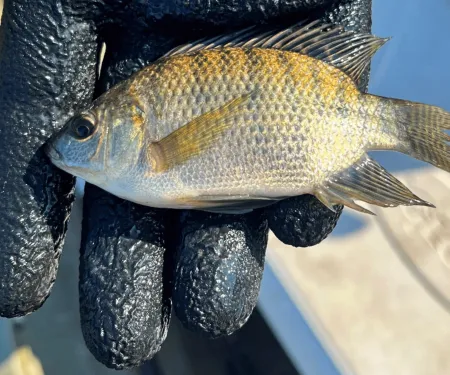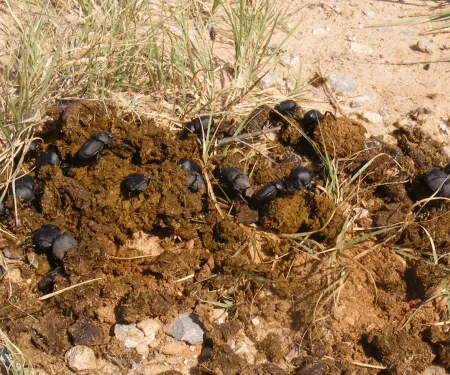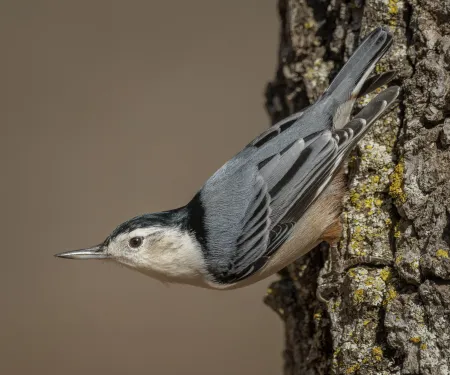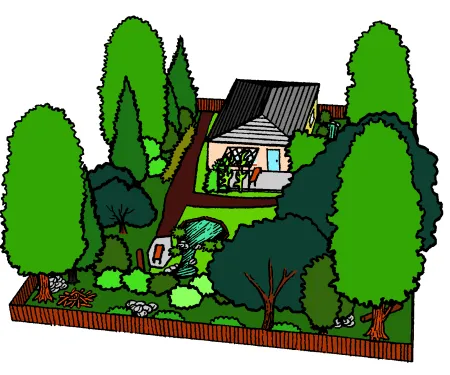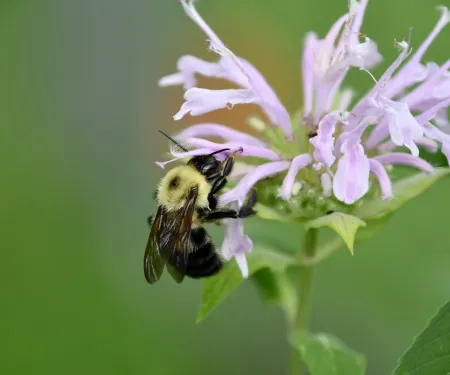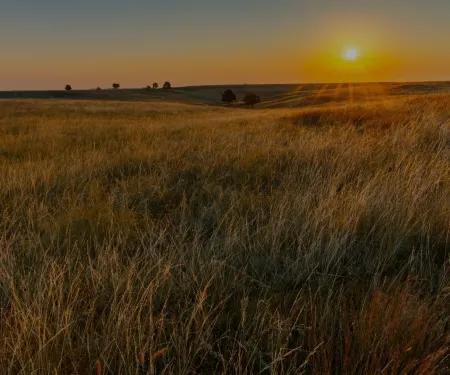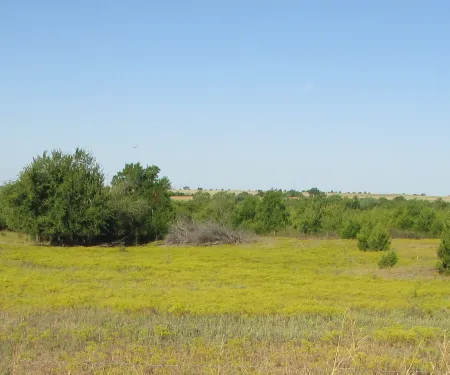Woodworking for Wildlife: Nest Boxes
Lack of suitable nest sites often prevents wildlife – primarily birds – from utilizing otherwise good habitat. Nest boxes can be added as a habitat supplement.
What is Mule Deer Habitat?
The popularity of hunting mule deer has grown in Oklahoma. Learn what habitat mule deer prefer, what they like to eat and what they tend to avoid.
Habitat Highlight: Ozark Glades
Join us as we explore the fascinating world of Ozark glades, their ecological importance, and the ongoing efforts to protect and restore these incredible natural spaces.
Tilapia Stocking: Is it Worth it?
Are tilapia a viable food source for largemouth bass in private ponds? This question has become increasingly important for landowners looking to cultivate robust bass populations. The unique climate challenges in Oklahoma are something to consider when stocking your pond.
Down and Dirty with Dung Beetles
It’s hard to imagine anyone or anything searching far and wide for good poop, but that’s just what dung beetles do. And not just any dung will do, they seek to find the best.
Establishing a Successful Wildscape
Attracting wildlife to your yard can be as simple as providing four basic habitat components in your wildscape: food, water, cover, and space.
Creating a Wildscape Plan
Design a plan that is compatible with the needs of the wildlife you hope to attract as well as of your home and property.
Establishing Plantings for Wildlife
Most wildlife rely upon plants, either eating the fruit, seeds, or nectar provided or using the plant as a source of shelter or cover. Establishing plantings for wildlife can attract more species to your property.
Textbook Upland Prairie Habitat for Deer, Quail and More
Upland prairie habitat is something land managers and biologists speak about quite a bit because of the importance of these habitats for wildlife. Upland prairies should contain a good mix of native grasses and flowering plants along with native shrubs and legumes.
How to Know if Your Pasture or Range is Overgrazed
A key point to understanding overgrazing is that it’s not a problem of overstocking – a function of number of head per acre – but a function of time. When a plant is not given adequate time between grazing events to rest and regrow, overgrazing can occur. Overstocking can lead to overutilization of forage, leading to overgrazing.
